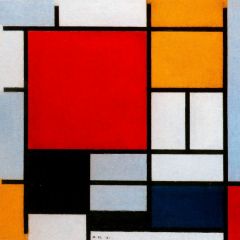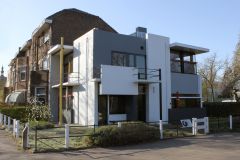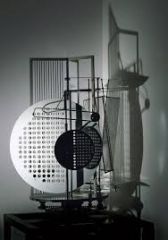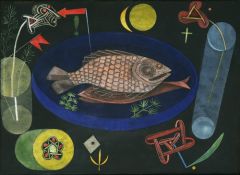![]()
![]()
![]()
Use LEFT and RIGHT arrow keys to navigate between flashcards;
Use UP and DOWN arrow keys to flip the card;
H to show hint;
A reads text to speech;
5 Cards in this Set
- Front
- Back

|
Mondrian, Composition No 3, 1921 moving towards ultimate dynamic equilibrium where nothing ever asserts complete dominance, suspended tension. neo-plasticism. most basic abstraction of form and color into grid and primary colors. purest state of color and form. ignores natural form and color. universal aesthetic language is de stijl |
|

|
Gerrit Rietveld, Schroeder House, Utrecht, 1924 Maximum flexibility, moveable partitions to change rooms, steel frame skeleton, hallmark of modern architecture. outside is like a mondrian composition, function is visible from exterior. efficient machine, dynamic tension. |
|

|
Gropius, Workshop Wing, Bauhaus, Dessau, 1925-26 everything integrated, open space expressed, wall of glass is completely glass because it is not load bearing, radiant, naked, clear architecture, not full of "lies and trickery" modern material, asserts structure. |
|

|
Laszlo Moholy-Nagy, Light-Space Modulator, 1922-30 a kinetic sculpture, light projects onto steel forms which cast shadows. it's made up of it's own form but also the light forms that are cast off of it. |
|

|
Paul Klee, Around the Fish, 1926 small intimate scale, use of organic forms, biomorphic, away from academic teachings and also the purely abstract par of bauhaus, process over product, painting instinctually, like a child. brings him closer to surrealists who are working with automatic forms of drawing. balanced composition. |

